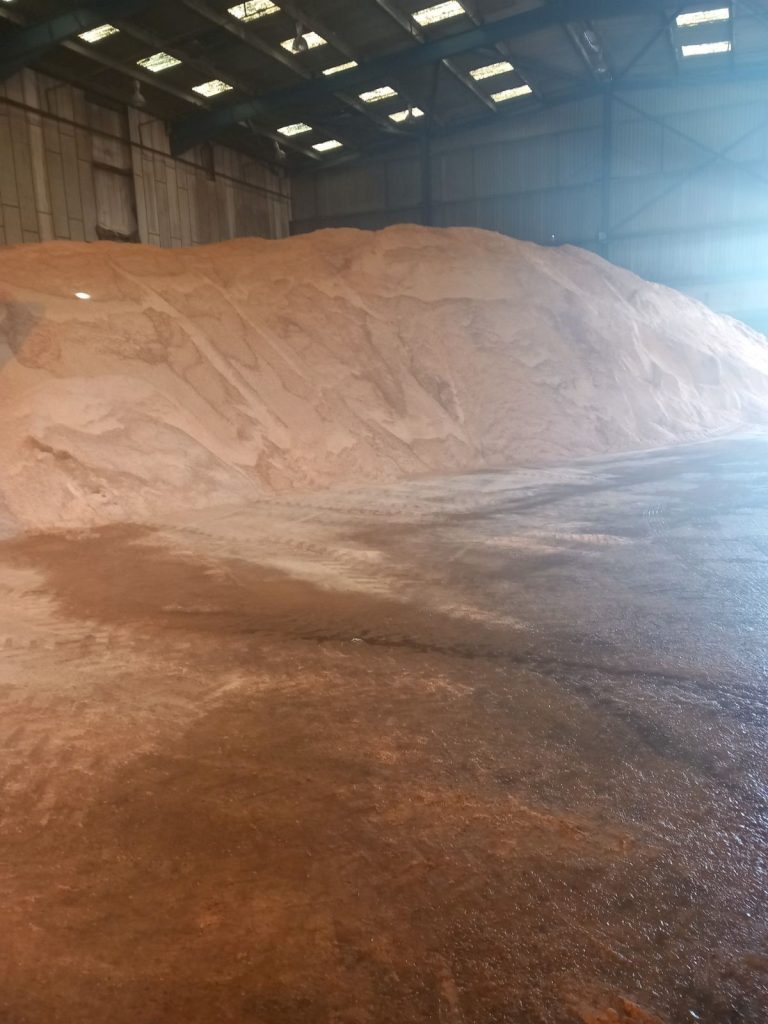The warmer weather has gone, and we have already felt some chilly temperatures in areas of North East Lincolnshire. It’s time to stock up on items for your vehicles, and get checking those tyres, ready for the freezing weather that’s bound to be on the way soon!
How to prepare yourself for driving in winter
As the nights get darker and the temperature gets colder, make sure your vehicle is in good and safe condition ready for this winter.
Replenish the screen wash and inspect your tyres ensuring they have the correct tread and are suitably inflated. Get the anti-freeze and de-icer ready for all journeys and do not forget to have emergency supplies such as food, drink and warm clothing in the car with you as well.
Before your journey, please check the local and regional weather forecasts before travelling. Sign up for the Met Office’s cold weather alerts at www.metoffice.gov.uk/weather/warnings-and-advice/seasonal-advice/cold-weather-alerts.
Try to limit your journeys during snowy or icy conditions, but if your journey is essential adapt your driving to these conditions and allow extra time for your journey:
- Reduce your speed. The chances of skidding are much greater, and your stopping distance will increase enormously.
- Only travel at a speed at which you can stop within the distance you can see to be clear. Speed limits are the maximum in ideal conditions; in difficult conditions such as heavy snow, they can often be too fast.
- Avoid harsh braking and acceleration, or sharp steering.
- Always reduce your speed smoothly and slowly and in plenty of time on slippery surfaces.
- Slow down in plenty of time before bends and corners.
- Make sure fuel is topped up for any lengthy journeys to avoid running out and being left in the cold.
- Braking on an icy or snow-covered bend is extremely dangerous. The centrifugal force will continue to pull you outwards, and the wheels will not grip very well. This could cause your vehicle to spin out of your control.
- To slow down on ice and snow, lift the pedal early to allow the speed to drop sufficiently to select a lower gear. If you need to use the brakes, use very gentle pressure depressing the clutch early to avoid stalling the engine.
- Increase the gap between you and the vehicle in front. You may need up to ten times the normal distance for braking.
- Keep your vehicle well-ventilated. The car heater turned up full can quickly make you drowsy.
- In snow, stop frequently to clean the windows, mirrors, wheel arches, lights, and number plates.
- Visibility will probably be reduced, so use dipped headlights.
During wintry weather, road surfaces are often wet and/or covered in frost and ice or snow. But this does not occur uniformly. A road will often have isolated patches of frost or ice after most of the road has thawed – this commonly occurs under bridges.


Help keep the gritters moving on the road by:
- Pulling over in a safe location if a gritter is coming up behind you and allow them to pass.
- Parking your vehicle on your drive or pull-up as close to the kerb as possible to allow the gritters to pass safely and with unrestricted access.
For more information about local gritting routes and winter weather advice, visit www.nelincs.gov.uk/winter.
The latest updates on gritting treatments in North East Lincolnshire can also be found on the council’s Facebook page.
The highway winter service season officially started on Sunday 1 October and will continue to run until Tuesday 30 April. A total of 800 tonnes of salt have been delivered in the last month to replenish stock levels, taking them up to 2,500 tonnes for the season.
The annual gritting service is managed by North East Lincolnshire Council’s delivery partner, Equans.

Share this article